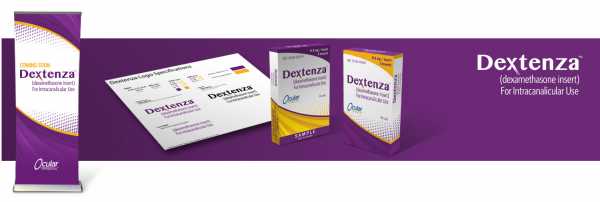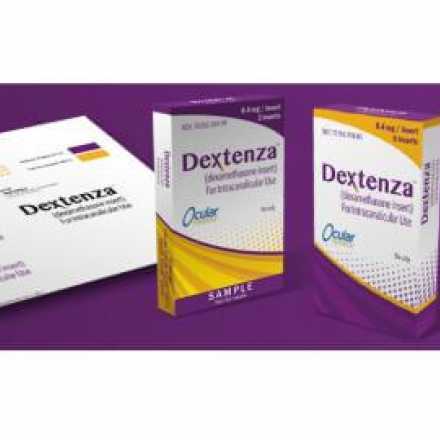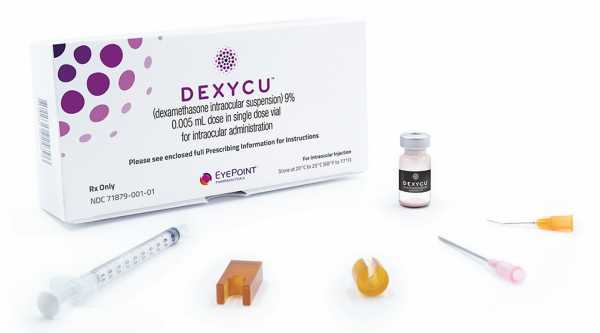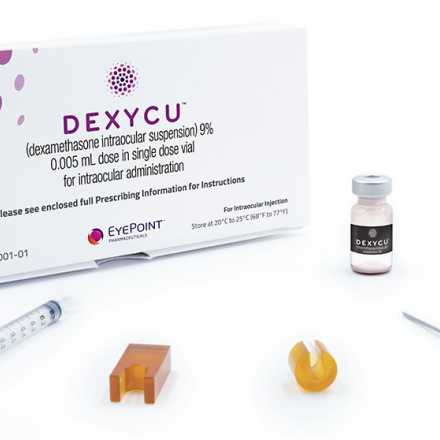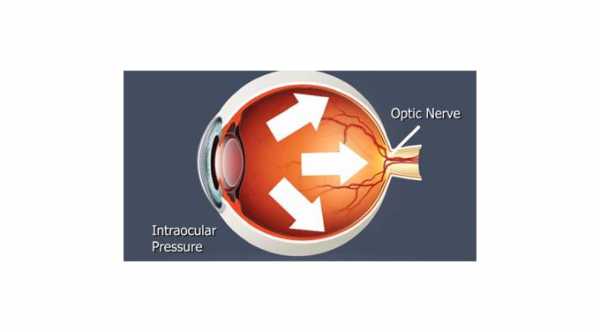
High Intraocular Pressure After Cataract Surgery
High intraocular pressure is one of the most common complications after cataract surgeries and usually it lasts for few hours but sometimes it can last for few days or weeks, depending on many factors.
What are the causes of high intraocular pressure after cataract surgery?
1- Residual Visco-elastic material inside the eye
During cataract eye surgery, the surgeon will inject transparent visco-elastic material inside your eye to facilitate the extraction of cataract and to protect the corneal endothelium layer (the inner layer of the cornea) from being damaged by phaco probe or damaged from heat that is generated from the U/S phaco probe.
After the implantation of intraocular lens, this visco-elastic material should be aspirated and removed completely from the eye, but sometimes few can remain. This material is thick and it can’t be drained easily from the eye. It needs more time to be drained and during this time it blocks the trabecular meshwork of the eye.
Trabecular meshwork is the normal drainage system of the eye, it drains aqueous humor from the eye to the blood stream. Blockage of the trabecular meshwork increases the pressure inside the eye. It is transient and usually last for few hours to 1-2 days, depending on the type of the visco-elastic material and how thick it is. Usually this elevation in intraocular pressure is a symptomatic but some people can experience headache, eye pain, nausea, vomiting, blurry vision and halos around lights.
Some surgeon can prescribe oral medication (Acetazolamide) for the first 1-2 days. This medication reduces intraocular pressure and prevents high intraocular pressure after cataract surgery. In rare cases, the intraocular pressure won’t go down and the surgeon will go back again to surgery to washout the eye and remove this material.
2- Inflammation inside the eye
Cataract surgery can cause inflammation inside the eye with the release of several inflammatory factors and enzymes that elevate intraocular pressure. Corticosteroid eye drops such as pred forte eye drops after cataract eye surgery is very important to reduce this inflammation.
3- Corticosteroid eye drops
Although corticosteroid eye drops are used to treat inflammation after cataract eye surgery, it can sometimes cause an elevation in intraocular pressure especially in patients with pre-existing forms of glaucoma such as open angle glaucoma or steroid induced glaucoma.
Sometimes, in patients with pre-existing glaucoma or know to have spikes of high intraocular pressure with steroid, the surgeon might use some forms of corticosteroid eye drops that have less effects on intraocular pressure such as Lotemax eye drops or he can add non-steroidal anti-inflammatory drugs such as Nevanac eye drops in combination with steroid eye drops or alone to control the inflammation inside the eyes and prevent any further spikes of intraocular pressure from steroid.
4- Pre-existing glaucoma
Patients with pre-existing forms of glaucoma are at a greater risk for high intraocular pressure after cataract eye surgery and those patients should be monitored closely.
5- Complicated cataract surgery
Complications such as rupture posterior capsule, vitreous loss, implantation of intraocular lens in the sulcus or the anterior chamber can cause spikes in intraocular pressure.
6- Patients with high myopia
Patients with high myopia are at high risk of high intraocular pressure after cataract surgery.






